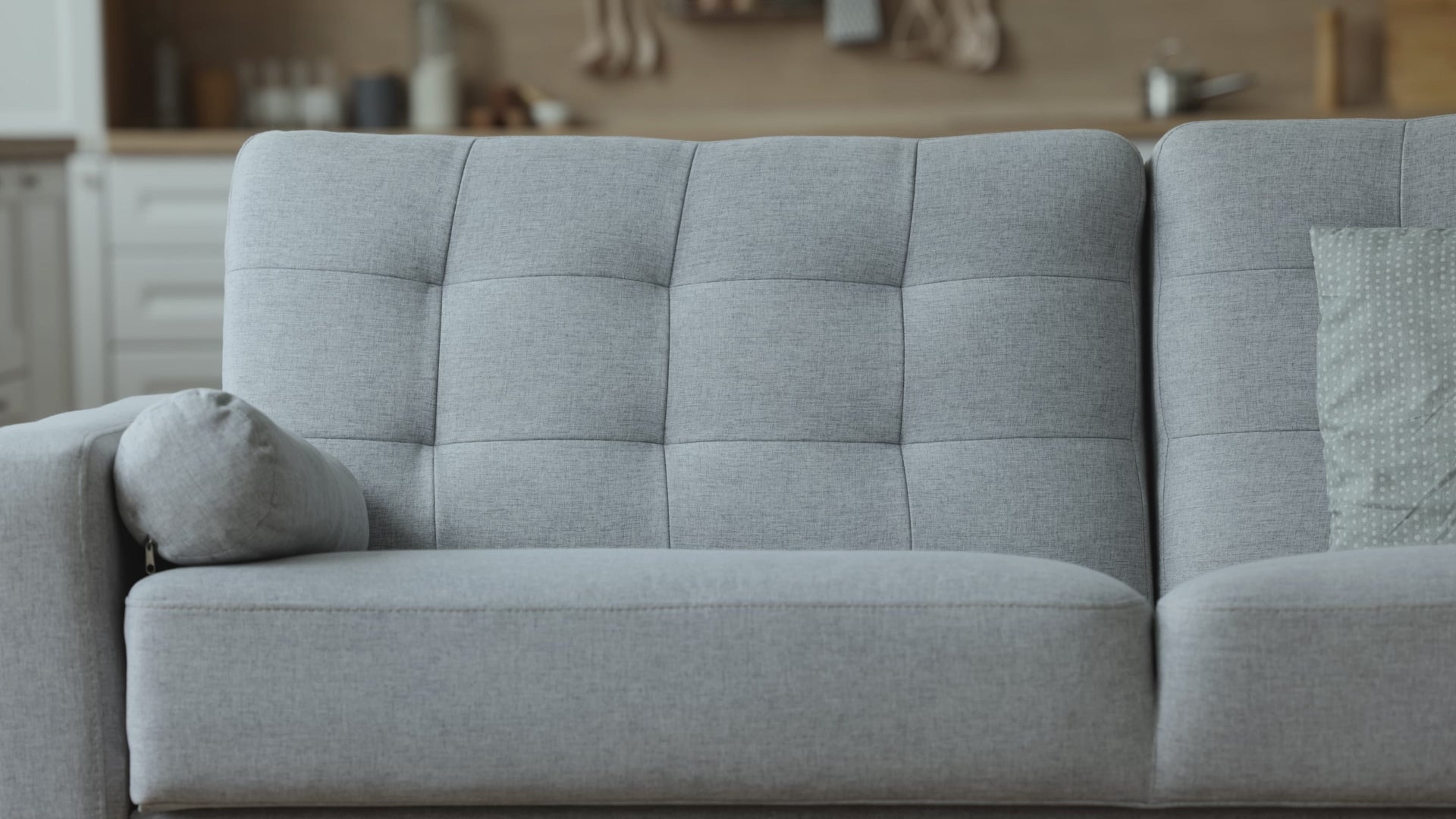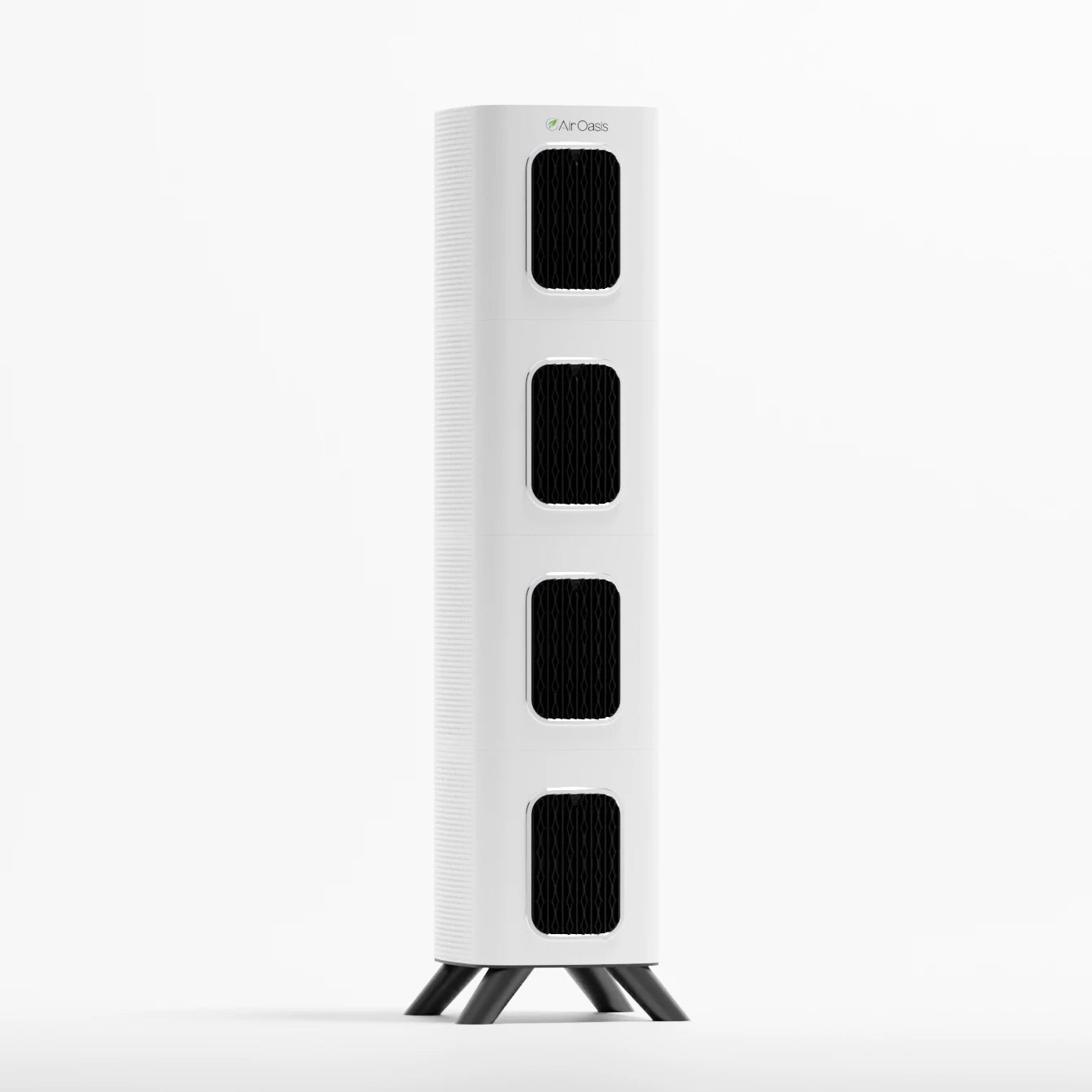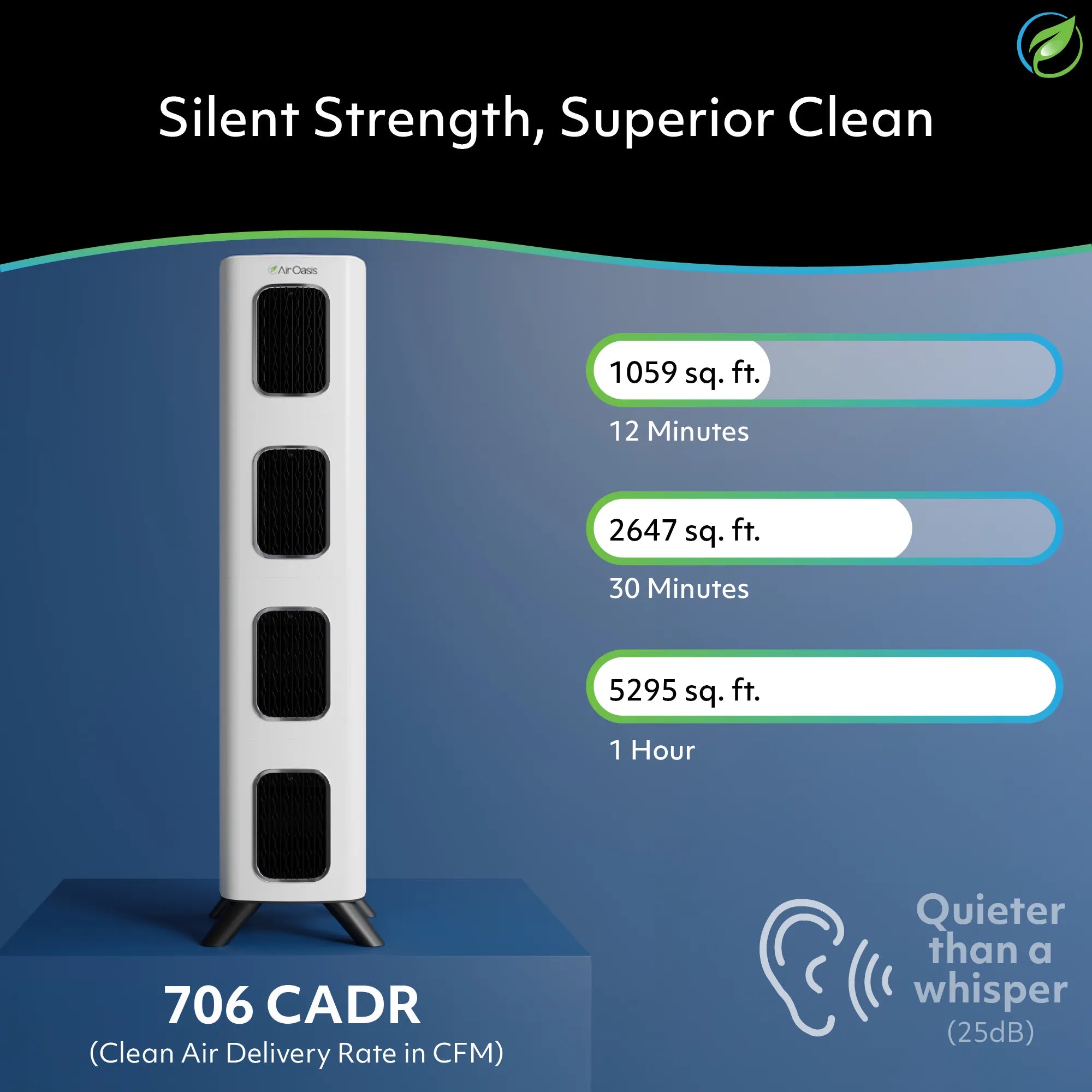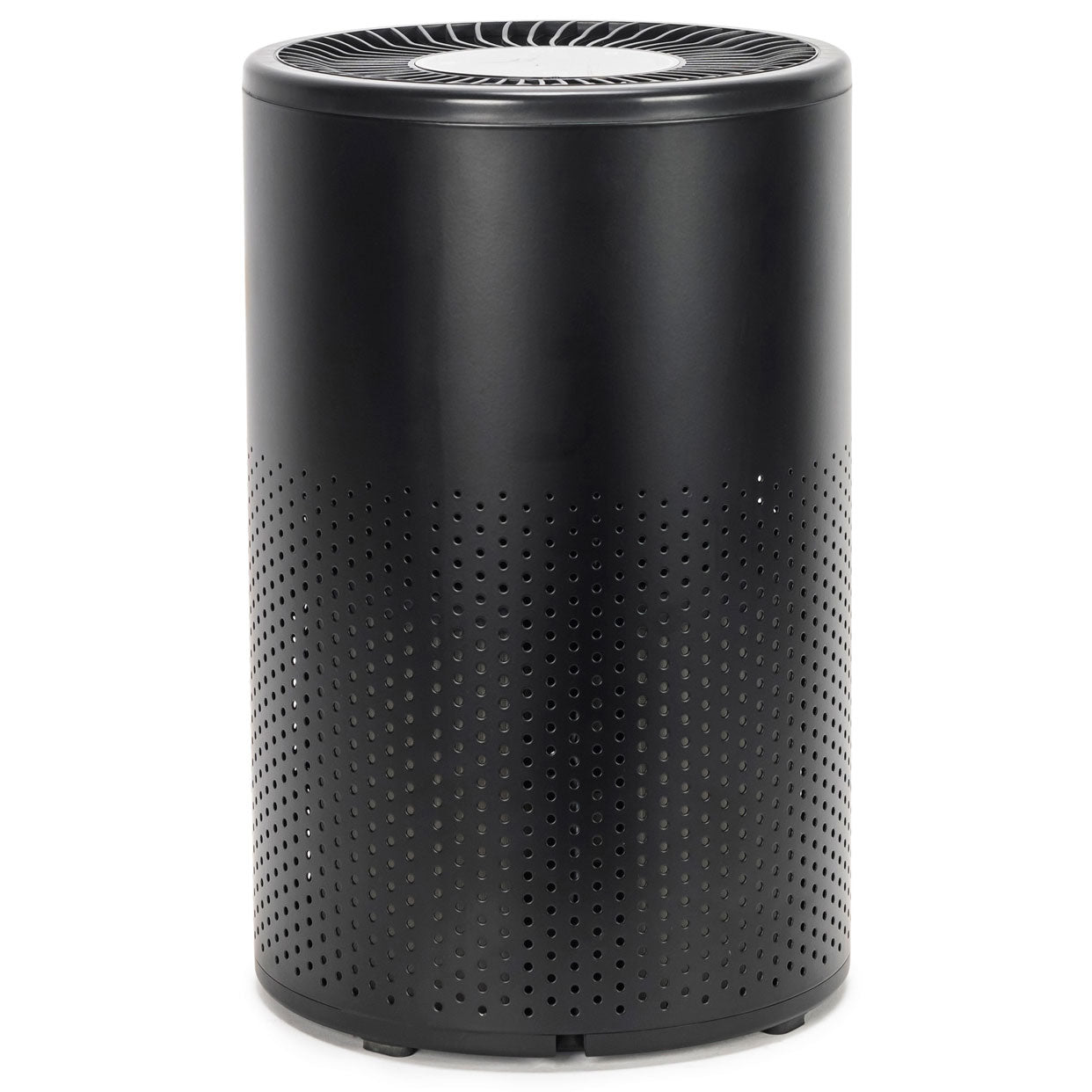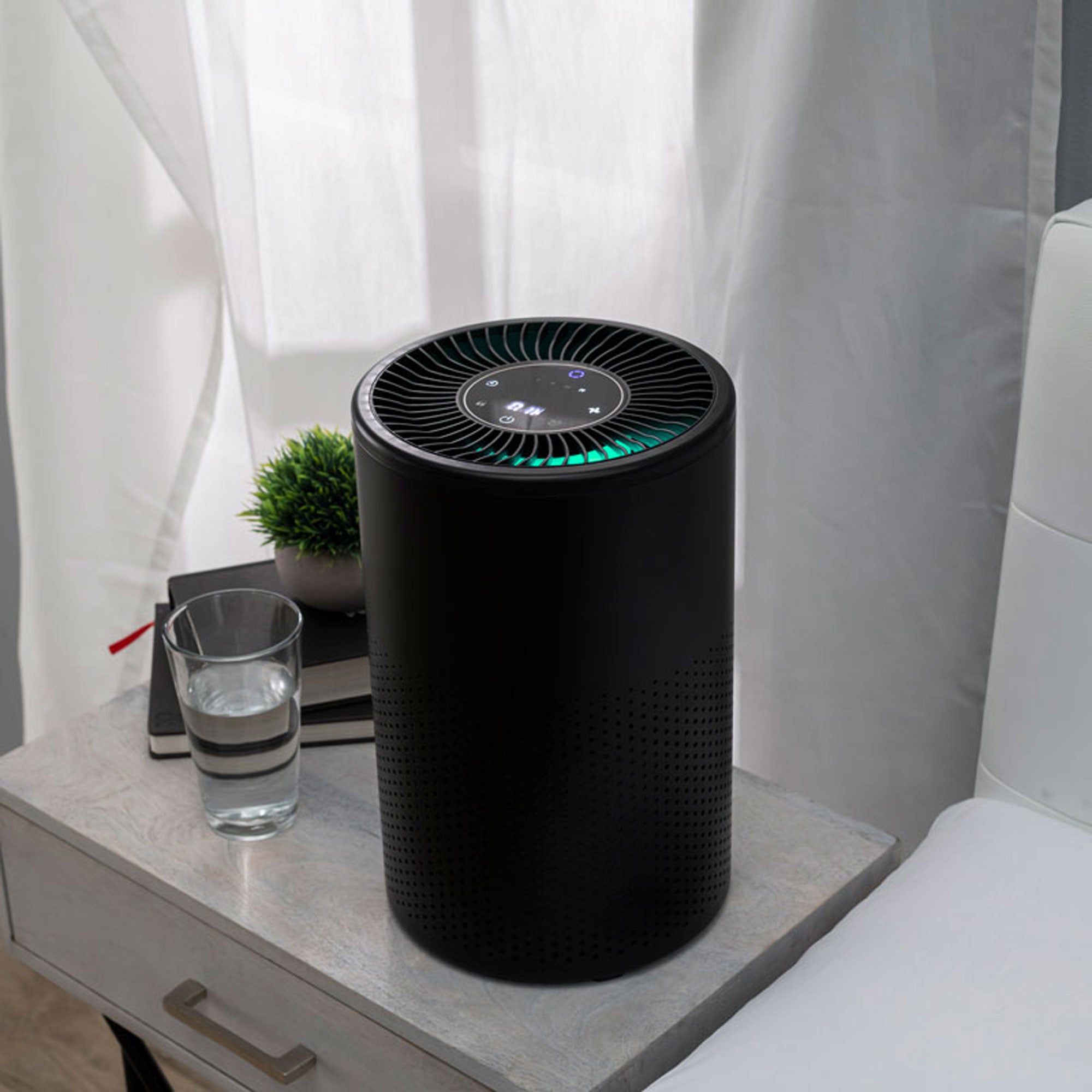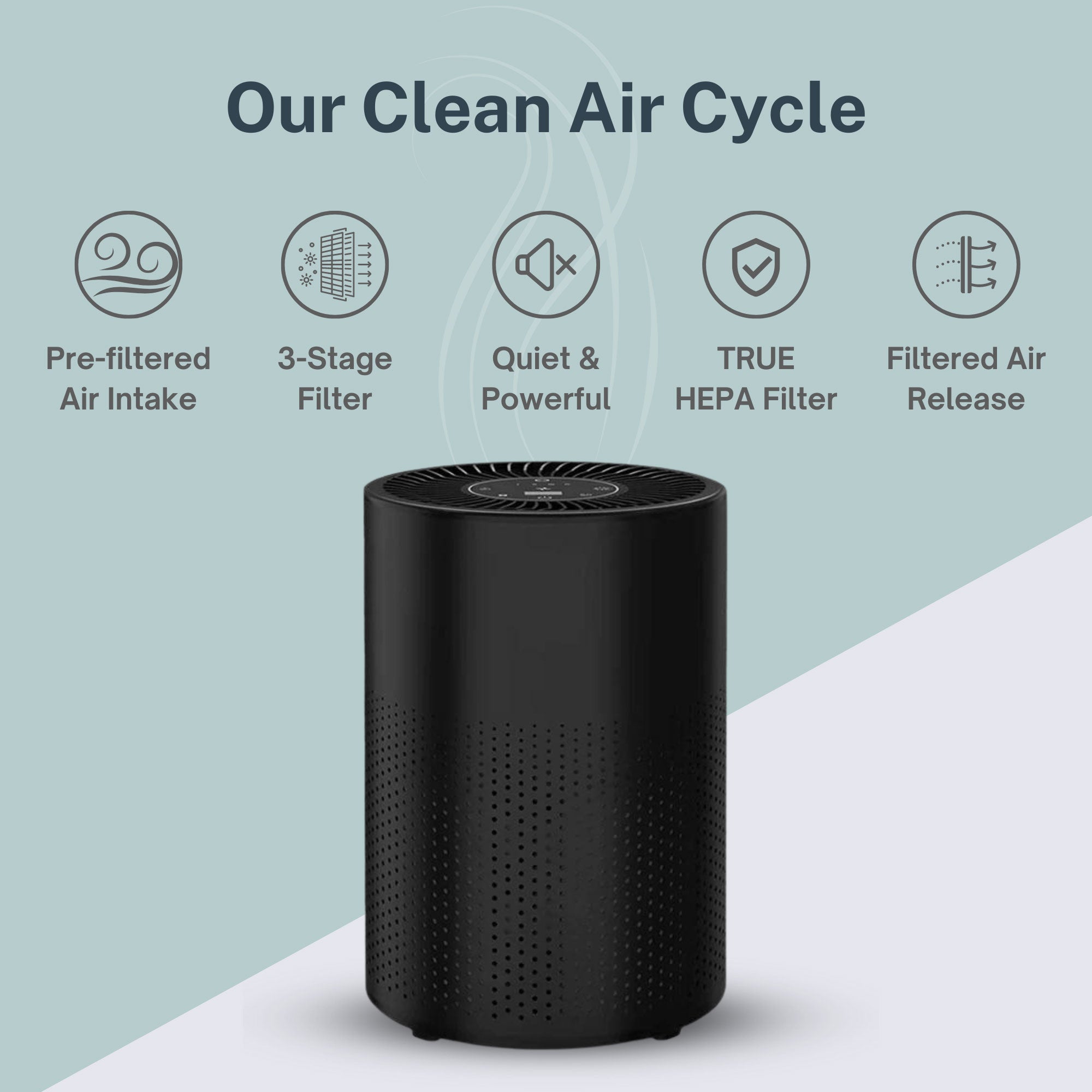School’s out for the summer! And not all of us are just looking forward to fun-in-the-sun and summer living. Most people are dreaming of hazy lazy days, boat trips and hiking. But if you suffer from allergies, you know that this season could mean more blooms, more pollen and more windswept irritants. Knowing the outdoor air quality before you venture out could be hugely beneficial as you make daily summer plans.
Go here for a handy, easy-to-use tool that measures the outdoor air quality near you.
While it’s not ideal to miss out, some people address summer allergies by simply opting indoors. But, do you have to? And, does that even really work? Read on to learn more about how outdoor air quality impacts indoor air quality and how air purifiers for allergies may just do the trick.
Outdoor Air Quality and Indoor Air Quality
While insulation and sophisticated window and door technology do a good job of keeping the outdoors “out there,” that doesn’t mean that outdoor air doesn’t come in. Even in the most well-built structures, your home may not be a fortress against the particulates, irritants and allergens in outdoor air. Outdoor air enters a building through:
- Natural ventilation: open doors and windows
- Mechanics: air conditioning/HVAC systems, outdoor-vented fans, etc.
- Infiltration: seeping through cracks and around doors and windows
The irritants that come into your home from outdoor air may be plant-based and also emitted by vehicles, incinerators and chemical plants. These small particulates can circulate through your home, reducing indoor air quality. But the threat isn’t just outside your front door.
Indoor Air Quality: Pollution From Within
Turns out, even while trucks and pollen pose a threat from without, the air quality might be worse inside your home. The EPA explains that indoor air quality has actually worsened as a result of energy-efficient construction methods as well as these factors:
- Lack of mechanical vents for air exchange
- Synthetic building materials
- Personal care products
- Household cleaners
- Pesticides
- Furnishings
While a summer allergy sufferer may think that their sneezing is due to pollen or other organic elements, the swirling particles that carry these toxins may also be to blame.
So, the outdoor air comes in and the indoor air is not ideal: what are you supposed to do? There are steps you can take to improve the indoor air quality in your home.
How to Improve Indoor Air Quality
Reducing air particulates is priority number one. Again, these may be organic or synthetic. Either way, seasonal allergy symptoms can be alleviated by eliminating toxins and using home air purifiers for allergies.
- Toxins that may be exacerbating seasonal allergies are found in common cleaning products, paint and even released when you cook.
- As people (or pets) run in and out of your home, they will bring in dust and soil, which can then be released into the air.
- Tobacco, mold and dust mites are other common culprits for allergies.
There are some obvious lifestyle choices you can make to offset summer allergies. But short of making your kiddos and pets sleep in a tent all summer, some of these dynamics are simply unavoidable. Buying an air purifier for your home may be the most powerful way to reduce allergens this season.
Air Purifiers for Allergens
Air purifiers have been found to reduce the common symptoms associated with seasonal allergies. A high-quality air purifier can trap or eliminate particulates and volatile organic compounds (VOCs) which irritate allergy sufferers. Here are some of the most effective and high-tech options for your home:
- Air Ionizer: filterless, advanced ionization technology reduces 99% of allergens
- Full-spectrum HEPA air purifier to eliminate pollutants and allergens
- Whole house air purifier that connects to an HVAC system
When you’re ready for some freedom to enjoy this summer (outdoor and indoors), you can buy an air purifier for pollen and other allergens. These will clean the air in your home, giving you a safe space and some relief from this allergy season. Tap on each of the above to learn more about the technology, read testimonials and buy one for your home!










